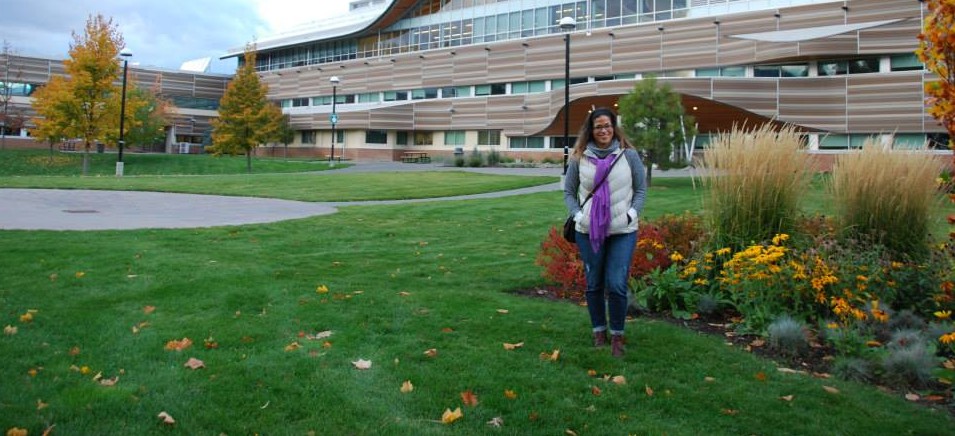“[Canada is] increasingly failing in our responsibility to provide a justice system that [is] accessible, responsive and citizenship focused.”
The above was a statement by our Chief Justice Beverley McLachlin of the Supreme Court of Canada, about the inability for Canada’s families to obtain affordable legal counsel. The Chief Justice has also stated that “legal-aid funding and coverage is not available for most people and problems, and the cost of legal services and length of proceedings is steadily increasing”, and that “statistics show that people who get legal assistance in dealing with their legal problems are much more likely to achieve better results than those who do not.”
As Canadians, the majority of us believe access to justice is a fundamental right. Contrary to this belief, Canada is witnessing a gap between the fundamental right and the stark reality that the wealthy the are the ones that can afford a lawyer’s legal services. With specific reference to British Columbia, cuts to BC Legal Aid have taken a toll on access to justice, especially for those with low-incomes. A list of cuts from 2005-2010 can be found here.
In 2013 the Canadian Bar Association released the ‘Reaching Equal Justice Report’. The report states that there is a need for more federal funding for civil legal aid. It says that the Canadian Bar Association will reach its goal for Canadians living at and below the poverty line to be eligible for full coverage of essential public legal services by 2020. Additionally, the report puts forth that all law schools in Canada will have a student legal clinic to help low-income people by 2020. The Canadian Bar Association advises that all 31 targets mentioned in the report are expected to be completed by 2030. A video about the proposed legal aid system can be watched here.
It is important to note that change does not fall solely on governments or the bar association. As the report says, law schools and other stakeholders must be involved. It is obvious that “tinkering” or making a few changes here and there will not be enough. The report states that “the civil justice system is too badly broken for a quick fix. People fall between the cracks at an unacceptable cost. Injustice is too deeply woven into the system’s very structure for piecemeal reforms to make much of a dent.”
It is obvious that now is the time to use the resources we have, like our Canadian law students, to help improve Canada’s access to justice for low-income people. With 18 law schools in Canada teaching common law, these numbers have the potential to create a significant positive difference. If that is not motivation enough, pro bono work by law students helps not only those who find themselves facing a legal conundrum, but also the law students involved. The students typically receive training to be more understanding, companionate, and patient, and in turn become more competent lawyers to enter the work force.
From what I could find, only one Canadian law school (Osgoode Hall Law School at York University) has what they call a public interest graduation requirement. If pro bono work by law students is part of the answer, why are we not making full use of this potential resource? Is it lack of resources, lack of incentive, or lack of an enforced requirement?
In correspondence with TRU Law’s Professor Dhand (who is currently the Project Leader on a Law Foundation Large Project Grant for a poverty law clinic), she informed me that the school is implementing the Community Legal Advice Clinic in 2016. The Community Legal Advice Clinic will assist low-income earners in the Kamloops and Interior region with legal problems – initially in the area of residential tenancy law and housing issues – with direct client services. The clinic will run approximately two to three days a week and can be found at the Centre for Seniors Information in Kamloops, BC. Additionally, Professor Dhand advises that TRU Law has the Legal Information Service, located on campus, where she supervises and mentors 60 student volunteers each year, who provide legal information, resources, and public legal education workshops in all areas of law. Lastly, Professor Dhand also teaches TRU Law’s Community Lawyering course where students receive instruction about the substantive and procedural aspects of community lawyering such as client interviewing, strategic litigation, legal research, and ethical issues.
It is clear that TRU Law is taking steps towards improving the ability for low-income British Colombians to access justice, well before the Canadian Bar Association’s goal of 2020. Are there additional steps that TRU Law and other law schools can take to facilitate access to justice for the low-income? Should TRU Law’s Community Lawyering class be a required course for students?





 as we’d like to think they are.
as we’d like to think they are.